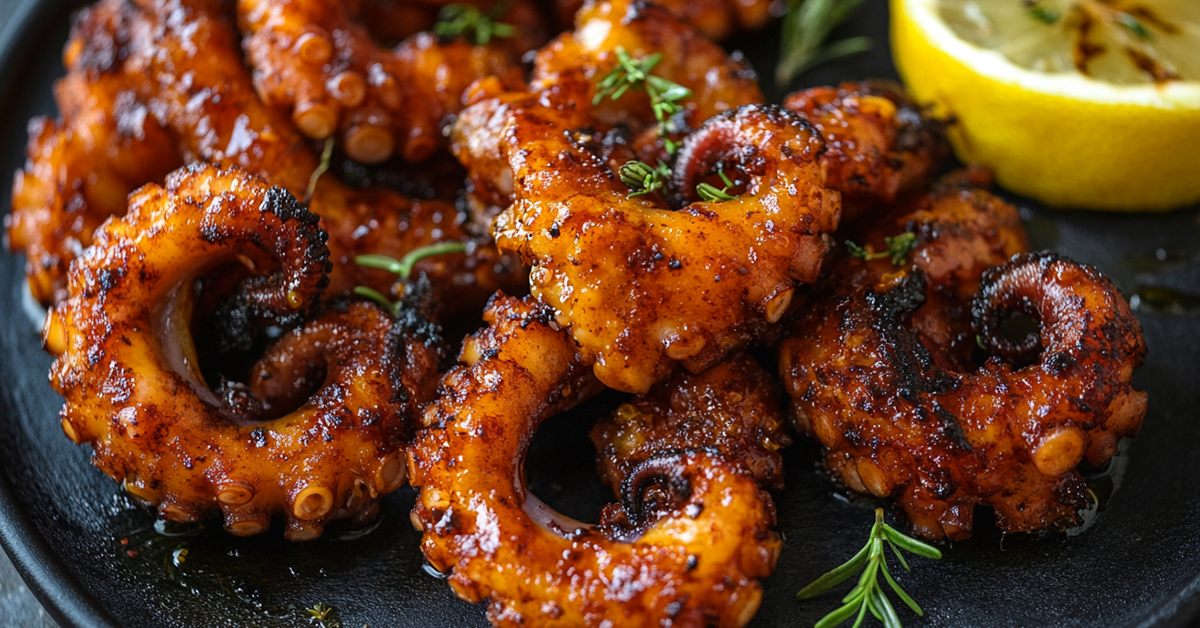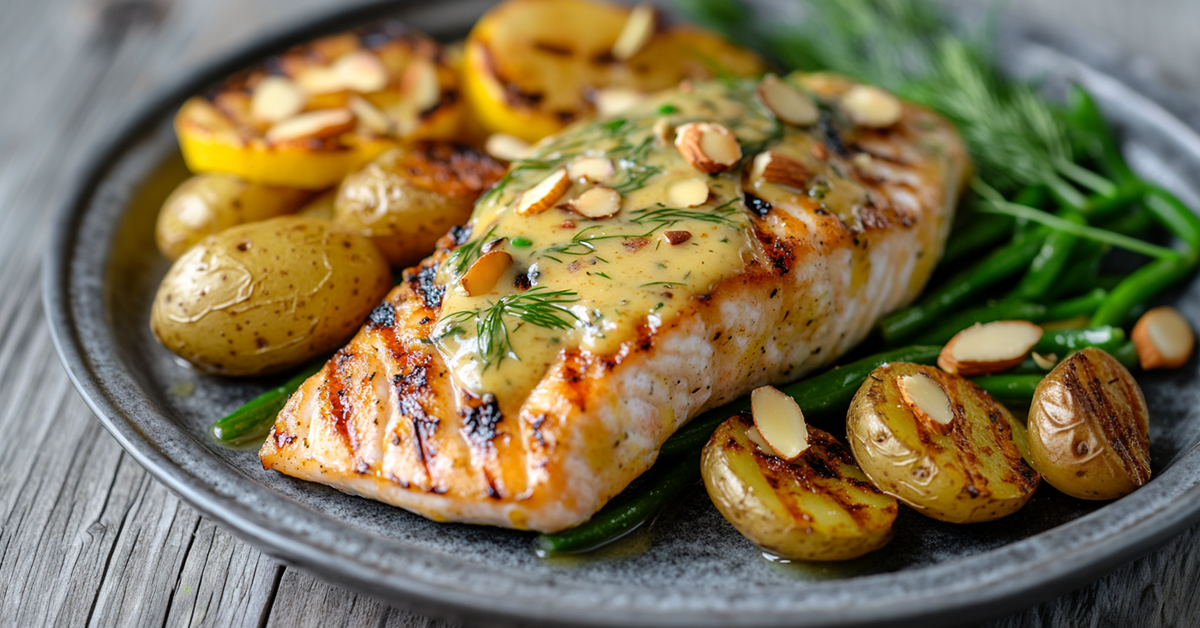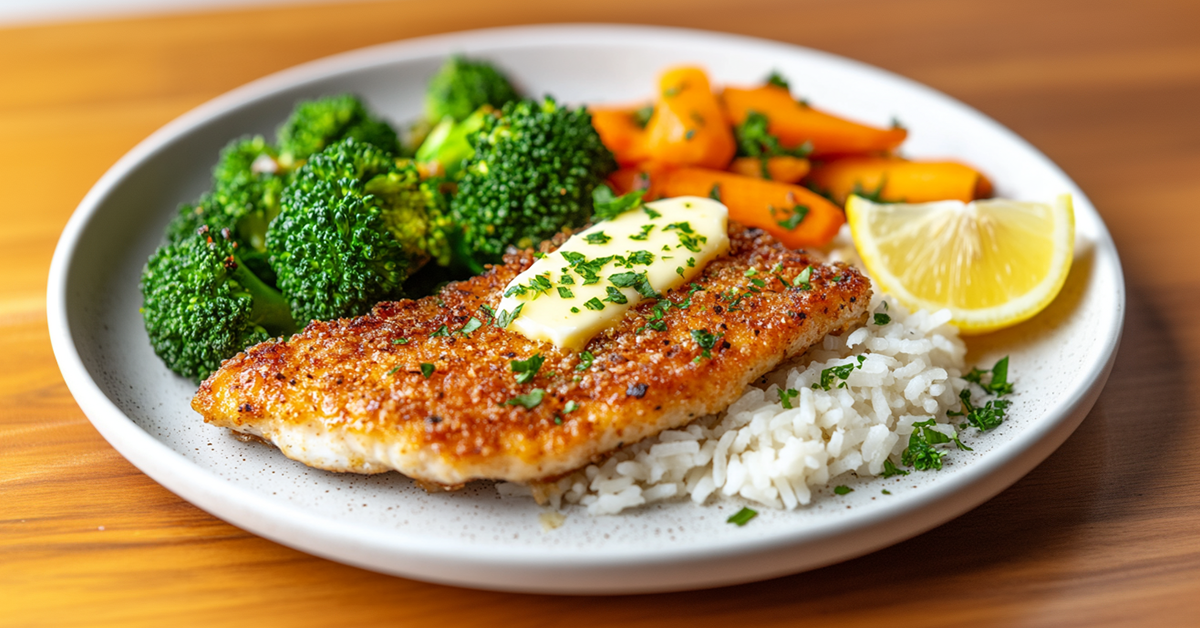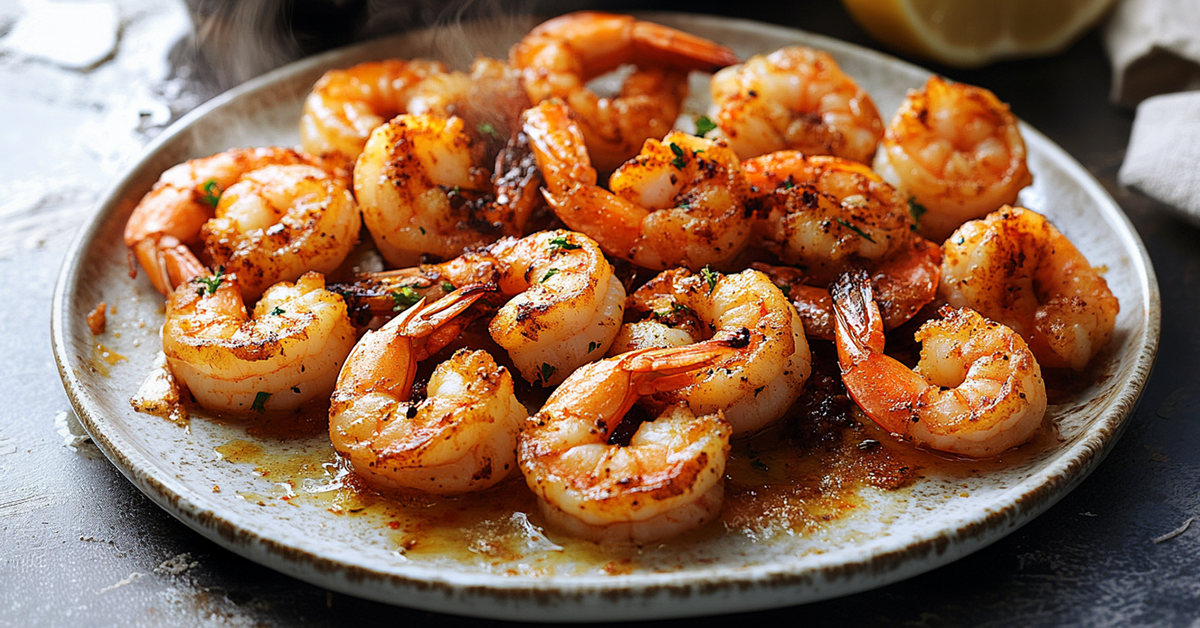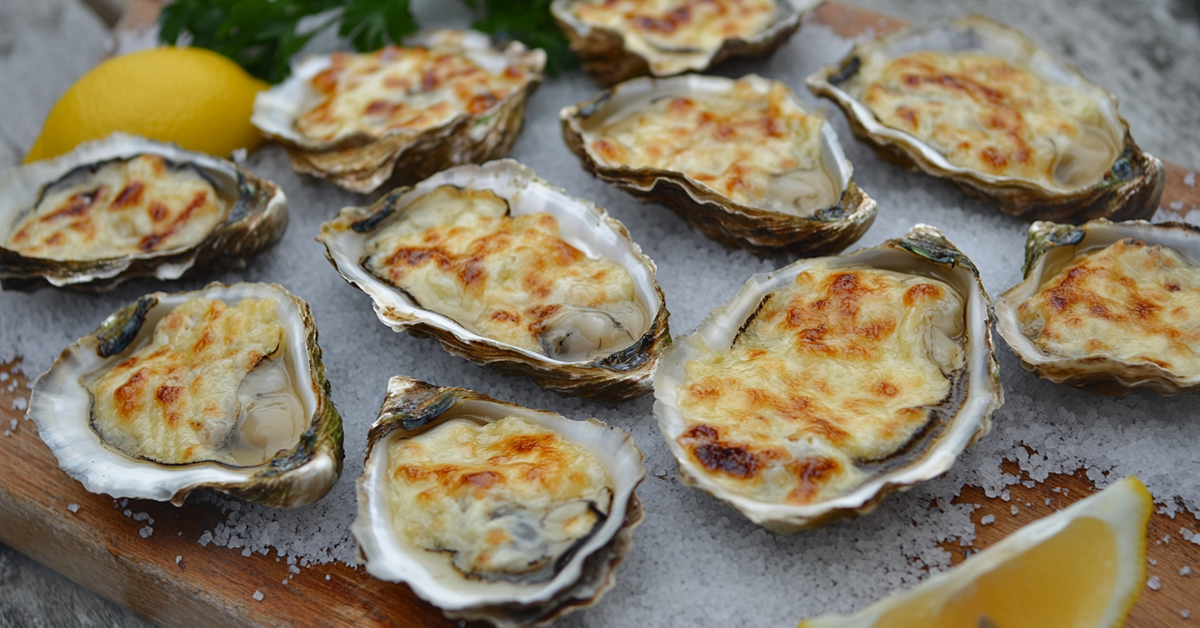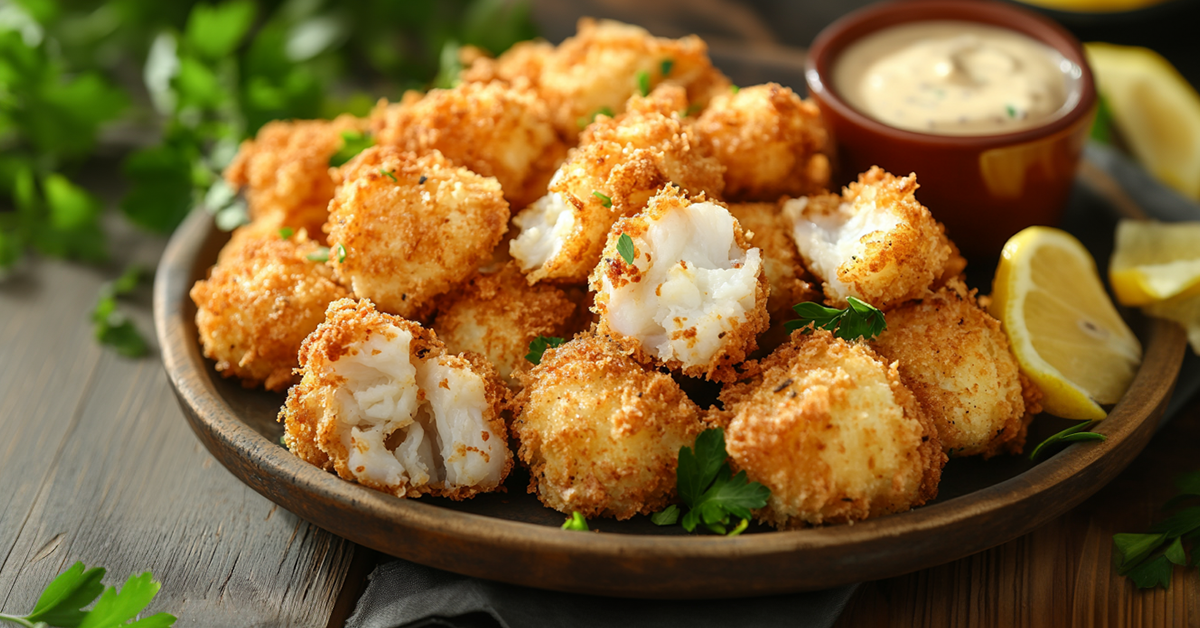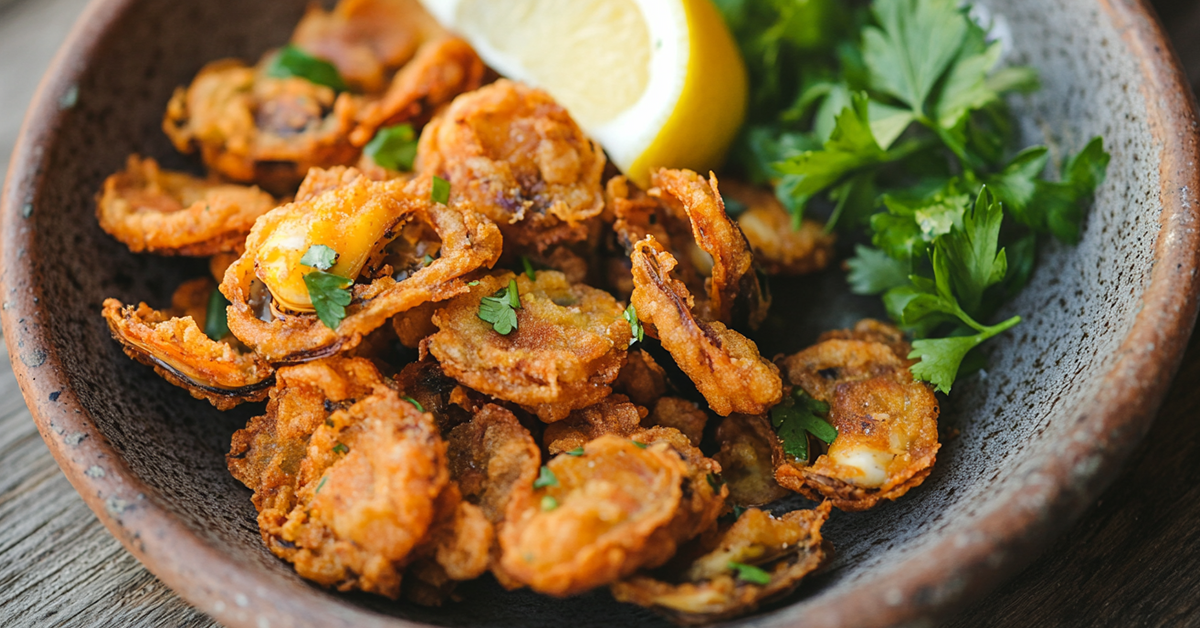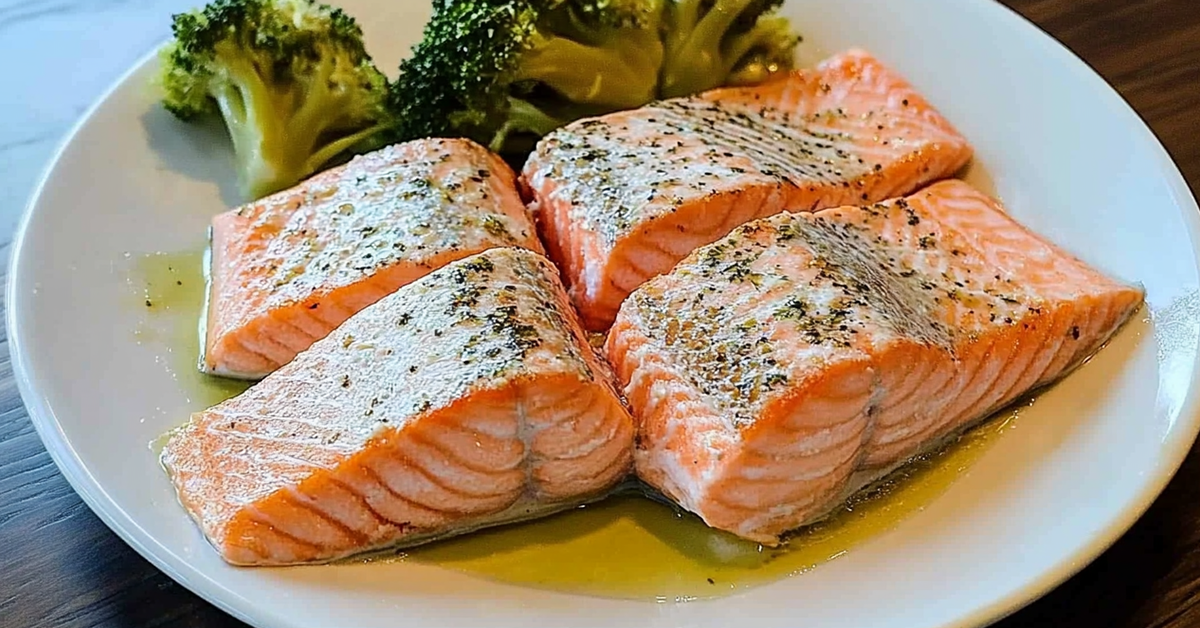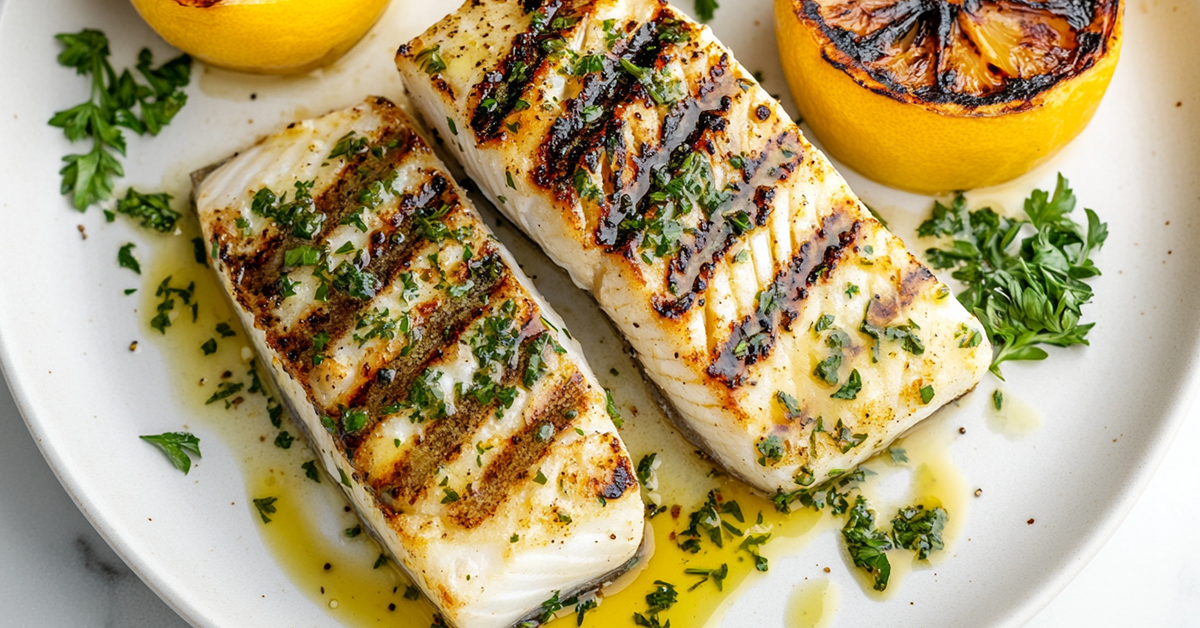For perfectly tender octopus, try Sous Vide Octopus. Getting octopus perfectly tender seems like an impossible challenge in the kitchen. The sort of thing I love about octopus often turns into disappointment when it comes out tough and rubbery, letting down both the cook and dinner guests.
Sous vide octopus offers a foolproof solution that turns this typically challenging protein into a consistently tender, flavorful dish. Temperature-controlled cooking takes away all the guesswork and helps you create restaurant-quality results at home.
This complete guide shows you everything about cooking tender octopus with the sous vide method. You’ll find all the ideal temperature settings and step-by-step instructions to become skilled at this technique and lift your seafood cooking to new heights.
Table of Contents
Understanding Sous Vide Cooking
Sous vide cooking sounds fancy, yet this straightforward method gives you amazing control over your cooking. Picture a gentle hot tub for your food where precise temperature control meets consistent results.
The term sous vide means “under vacuum” in French. The process involves sealing food in a plastic bag and cooking it in a temperature-controlled water bath. Your ingredients cook slowly in water that stays at the exact temperature you set.
Sous vide’s magic lies in its precision and consistency. Traditional cooking methods expose food to varying stovetop temperatures and unpredictable oven hot spots. A sous vide setup maintains the same temperature throughout the cooking process.
Your octopus will benefit from sous vide cooking because:
- Perfect temperature control prevents overcooking
- Even heat distribution ensures consistent results
- Sealed environment locks in flavors and moisture
- Hands-off cooking reduces active kitchen time
- Eliminates timing guesswork
The water bath creates the perfect environment for your sealed food. This steady heat breaks down tough proteins slowly and evenly – especially when you have challenging ingredients like octopus.
Traditional octopus cooking methods like boiling, grilling, or braising present their own challenges. Water temperatures fluctuate, heat doesn’t spread evenly, and timing becomes tricky. Sous vide removes all these variables from the equation.
This method shines through its simplicity. Setting your temperature and timer means your octopus gets the exact treatment it needs. You won’t need to watch the pot or second-guess the cooking time. The precise temperature control will give a tender, perfectly cooked octopus every time.
The controlled environment helps tough muscle fibers break down gradually without becoming rubbery. Your octopus’s natural juices and flavors stay locked in the sealed bag, right where they belong.
Read also: Sous Vide Halibut Recipe
Why Choose Sous Vide for Octopus
Traditional octopus cooking methods feel like a game of chance. Sous vide becomes your secret weapon that delivers tender results every time.
Sous vide octopus cooking shines through its precision and predictability. You won’t worry about tough, chewy tentacles that feel like rubber bands anymore. The final texture stays in your control – make it butter-soft or leave it with a slight bite.
Sous vide octopus lets you step away from the kitchen. Unlike traditional methods that need constant watching, you just set the temperature, seal the octopus, and relax. You can work on other dishes or take a break while your octopus reaches perfection.
Sous vide stands out as the best way to cook octopus:
- Perfect texture control: Precise temperature gives you the tenderness you want
- No more guesswork: The “how long should I cook it?” question disappears
- Enhanced flavor retention: Sealed bags lock in natural juices and seasonings
- Consistent results: Each piece turns out similar whether you cook two or twenty servings
- Stress-free preparation: The pot needs no hovering or repeated checking
The octopus comes out of the sous vide bath with a texture that regular cooking just can’t match. Gentle, precise heat breaks down tough muscle fibers evenly. The meat stays tender yet structured, never mushy.
The sort of thing i love is getting that perfect restaurant-quality octopus at home. Sous vide makes this possible. You get professional results without any special training. The mystery of octopus cooking fades away.
Sealed cooking preserves the octopus’s natural flavors. The taste stays pure, unlike boiling that dilutes it or grilling that dries it out. You get concentrated octopus flavor ready to be improved with your favorite seasonings.
Home cooks wanting to try more seafood will find sous vide octopus a great starting point. This method turns a challenging ingredient into something you’ll cook with confidence.
Read also: Sous Vide Cod with Lemon Butter Recipe
The Science Behind Perfect Sous Vide Octopus
The science behind perfectly tender octopus starts with understanding its muscle structure and how it reacts to different cooking temperatures. Let’s take a closer look at octopus biology and cooking chemistry.
Understanding octopus muscle structure
Your octopus has a complex muscle structure that creates its unique texture. The meat differs from fish or chicken with its thick bundles of muscle fibers wrapped in tough connective tissue. These muscles enable powerful movement, which makes them challenging to tenderize.
The meat has high amounts of collagen, a protein that causes the initial toughness. This collagen creates a tight network throughout the muscle fibers. You might have experienced this chewy texture in octopus that wasn’t cooked properly.
How temperature affects tenderness
Temperature is a vital part of breaking down these tough muscle fibers. Sous vide cooking with precise temperature control affects the meat in several ways:
- 140°F (60°C): Collagen begins to soften
- 155°F (68°C): Proteins start to denature
- 175°F (79°C): Connective tissues break down fully
- 185°F (85°C): Risk of becoming mushy
Sous vide cooking’s beauty lies in maintaining these exact temperatures long enough to achieve perfect tenderization without overcooking.
Protein breakdown during sous vide cooking
Something remarkable happens to your octopus at the molecular level during the sous vide process. The steady, controlled heat causes tight collagen proteins to unwind slowly and become gelatin – your key to that melt-in-your-mouth texture.
Food scientists call this transformation protein denaturation. Picture slowly untangling a knot – rush it and you’ll make it worse, but with the right technique and patience, it comes apart perfectly. The sous vide method creates this precise cooking environment.
The sealed bag environment makes a big difference too. Proteins release their natural juices as they break down. Traditional cooking methods might lose these flavorful liquids to cooking water or evaporation. Sous vide cooking traps them in the bag, which continuously bastes your octopus and enhances its natural flavors.
Your patience with sous vide allows tough muscle fibers to relax while collagen converts to gelatin gradually. This slow transformation sets sous vide apart from other methods. The result is perfect tender texture that maintains the octopus’s natural flavor and structural integrity.
Read also: Sous Vide Swordfish Recipe
Temperature Guide for Sous Vide Octopus
Finding the perfect temperature for sous vide octopus is similar to tuning a guitar string – it needs precision and the right timing. Let’s look at the temperature ranges that create tender, flavorful octopus consistently.
Different temperature ranges and their effects
The octopus’s final texture depends on the cooking temperature. Here’s a detailed breakdown of what happens at different temperature points:
| Temperature | Effect on Octopus |
|---|---|
| 165°F (74°C) | Firm but tender texture, ideal for grilling afterward |
| 175°F (79°C) | Classic tender texture, perfect for most preparations |
| 185°F (85°C) | Very soft texture, great for salads and cold dishes |
Cooking time recommendations
The octopus size is a vital factor in determining cooking time. These timing guidelines help achieve consistent results:
- Small octopus (2-3 lbs): 4-5 hours
- Medium octopus (3-5 lbs): 5-7 hours
- Large octopus (5+ lbs): 7-8 hours
These times serve as starting points that you can adjust based on texture preference. Sous vide cooking provides a wider window of perfection, so going over by an hour or two won’t ruin the dish.
Achieving different texture results
The desired final texture should guide temperature selection. A lower temperature (165°F) creates a firm, meaty texture that’s perfect for grilling while maintaining the octopus’s structure and tenderness.
Setting the sous vide to 175°F hits the sweet spot where collagen breaks down perfectly. This creates that tender texture most people expect from perfectly cooked octopus.
The meat becomes incredibly soft yet maintains its shape at 185°F. This temperature works best for cold preparations and delivers ultra-tender results.
Sous vide cooking shines through its consistency. Each successful cook can be replicated with the same temperature and timing combination. Higher temperatures accelerate the cooking process but leave a smaller margin for error.
Pro tip: First-time octopus cooks should start with 175°F for a medium-sized octopus. This combination provides the most forgiving cooking environment and delivers excellent results.
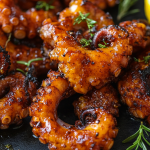
Octopus Sous Vide Recipe
- Total Time: 5 hours 15 minutes
- Yield: 4 servings 1x
Description
Turn your kitchen into a professional seafood station with this reliable sous vide octopus recipe. You’ll get tender results that match your favorite restaurant’s version with fresh or frozen octopus.
This recipe gives you tender octopus through precise sous vide cooking temperature control. The result is a perfect texture with a beautiful char on the outside that pairs well with your favorite sauce or as part of a seafood dish.
Ingredients
- 1 medium octopus (about 3 pounds)
- 1 tablespoon olive oil (plus extra for searing)
- Kosher salt to taste
- 2 sprigs fresh rosemary
- Optional: 2 cloves garlic
Instructions
- Prepare Your Setup: Fill your water bath and preheat your sous vide circulator to 170.5°F (77°C).
- Original Blanching: Bring a pot of water to boil. Dip the octopus for 30 seconds until the tentacles curl naturally. Move it to an ice bath right away.
- Bag Preparation: Pat the octopus dry and place it in a vacuum-seal bag with olive oil, rosemary, and a pinch of salt. Seal the bag with a vacuum sealer or water displacement method.
- Cooking Process: Place the sealed bag in your preheated water bath. Cook for 5 hours at 170.5°F.
- Ice Bath Treatment: Move the bag to an ice bath after cooking. This vital step sets the skin and keeps it from falling off.
- Final Searing: Heat a cast iron skillet or grill to high heat. Pat the octopus dry with paper towels. Sear each side for 3 minutes until you get a well-browned and crispy texture.
Notes
– Let the cooked octopus dry in the refrigerator overnight before searing to get the best results.
– Adjust cooking temperature to 120°F for 2 hours when using frozen pre-cooked octopus.
– The octopus releases liquid during cooking – this is normal.
– Your cast iron or grill should be very hot before searing to create the best crust.
- Prep Time: 15 minutes
- Cook Time: 5 hours
- Category: Seafood
- Method: Sous Vide
- Cuisine: Mediterranean
Health Benefits of Octopus
Octopus isn’t just delicious and tender when cooked sous vide – it packs impressive health benefits that make it a great addition to your diet. This seafood gives you essential nutrients while staying naturally low in calories.
Octopus stands out as a nutritional powerhouse. Its impressive nutrient profile has:
- High-quality complete protein
- Heart-healthy omega-3 fatty acids
- Iron for healthy blood cells
- Vitamin B12 for nerve function
- Selenium for immune system support
- Zinc for metabolism support
Sous vide cooking’s gentle, controlled environment makes it special for preserving these nutrients. Traditional boiling can leach out water-soluble vitamins, and high-heat grilling might damage delicate nutrients. Sous vide cooking maintains the octopus’s nutritional value effectively.
Octopus fits perfectly with fitness goals. This lean protein source delivers substantial nutrition without excess calories. A 3-ounce serving gives you an impressive amount of protein while staying low in fat. That makes it perfect for anyone watching their calories or building muscle.
Sous vide cooking improves these health benefits by cooking octopus in its own juices. This preserves both nutrients and natural flavors. You’ll need less salt or fat to make it taste delicious, which supports healthy eating goals.
Brain-boosting benefits make a compelling case for adding octopus to your diet. Omega-3 fatty acids and vitamin B12 work together to support cognitive function and nervous system health. Sous vide’s precise temperature control protects these delicate nutrients.
Regular octopus consumption can benefit your heart’s health. Lean protein and healthy fats combine to support cardiovascular health. Sous vide cooking keeps these beneficial compounds intact, unlike high-heat methods that might compromise heart-healthy properties.
Octopus delivers essential minerals like selenium and zinc that are vital for immune system support. These minerals play significant roles in your body’s defense mechanisms. Sous vide’s sealed environment helps retain important minerals that traditional cooking might lose.
Athletes and fitness enthusiasts love octopus’s role in muscle recovery and growth. Its complete protein profile gives your body all essential amino acids needed for tissue repair and muscle building. Sous vide cooking ensures maximum protein availability because gentle heat doesn’t toughen or denature proteins like extreme temperatures can.
References:
– WebMD
– Healthline
Note that proper cooking preserves octopus’s nutritional benefits best. Sous vide’s precise temperature control helps maintain valuable nutrients while creating that perfect tender texture you want.
Nutrition Facts and Information
The nutritional profile of sous vide octopus can help you plan your meals better. Here’s a detailed breakdown of nutrients in each serving.
A 3-ounce (85g) serving of cooked octopus packs these nutrients:
| Nutrient | Amount per Serving |
|---|---|
| Calories | 139 |
| Protein | 25g |
| Total Fat | 2g |
| Carbohydrates | 4g |
| Cholesterol | 82mg |
| Sodium | 198mg |
Sous vide octopus gives you an excellent protein-to-calorie ratio that works great if you need lean protein sources. The gentle sous vide process keeps more nutrients intact compared to high-heat cooking methods.
Sous vide preparation retains these key micronutrients:
- Vitamin B12: 36.6 mcg (over 600% of daily value)
- Iron: 5mg (28% of daily value)
- Magnesium: 82mg (20% of daily value)
- Potassium: 630mg (13% of daily value)
Protein Quality Matters: Your octopus contains complete protein with all nine essential amino acids your body needs. The precise temperature control makes this protein even more bioavailable by protecting its structure from excessive breakdown.
The fat profile deserves special attention. Though low in total fat, octopus contains healthy omega-3 fatty acids. Sous vide cooking protects these sensitive fats that high heat might damage.
Mineral Retention: The sealed cooking environment of sous vide keeps minerals from escaping. Your food stays in a vacuum-sealed bag that locks in nutrients that would normally escape during boiling or steaming.
Octopus fits well into many eating styles because of its macro profile. The combination of low carbs, minimal fat, and high protein makes it perfect for:
- Ketogenic diets
- Low-calorie meal plans
- High-protein fitness regimens
- Mediterranean-style eating
Sous vide cooking adds nutritional value by eliminating the need for extra fats or oils. You’ll get tender, tasty results without adding calories, making it easier to stick to your nutrition goals.
Portion Control: A serving of 3-4 ounces (85-113g) gives you enough protein to feel full without excess calories. The high protein density makes octopus quite filling despite being low in calories.
Keep in mind that nutrient content might vary based on the octopus’s size and origin. But sous vide’s precise temperature control ensures consistent nutrient retention every time you cook, giving you reliable nutrition in each serving.
Conclusion
Sous vide cooking lets you make restaurant-quality octopus right in your kitchen. This exact cooking technique helps you create tender, flavorful octopus that tastes amazing every time.
The process combines science with cooking skills to break down tough muscle fibers while keeping all the nutrients intact. You won’t need to worry about serving chewy or overcooked tentacles to your dinner guests anymore.
The right temperature and timing will help you make perfect octopus dishes at home. You can achieve the texture you want – from butter-soft for cold dishes to firm for grilling. This cooking method gives consistent results and preserves this remarkable seafood’s nutritional value.

